European Sepsis Report – Italy
Background
The Italian healthcare system is a federal one and resources are managed independently by each regional healthcare service. There are ongoing activities at regional level to develop a comprehensive strategy to tackle sepsis.
What is happening
The Italian Society of Anesthesia and Intensive Care (SIAARTI) is working on different fronts. The annual World Sepsis Day celebration in collaboration with the main Italian railway company (Trenitalia) and with the regional healthcare services, media campaigns, and the implementation of specific programs in national curricula are the main examples of SIAARTI’s awareness-raising efforts. SIAARTI also provides an educational program including distance education, basic courses, a masterclass, internships, and professional certification. SIAARTI’s Guidelines on Good Clinical Practice for the management of sepsis in adults stress the commonly ‘unrecognized’ criteria for hospitalization for septic patients (level 2-3) and on hospital minimal resources to manage a septic patient in an acute care setting. In January 2020, with the support of the Italian National Institute of Health, SIAARTI launched national multi-disciplinary guidelines on sepsis management, as a first step for a national plan.
In 2019 and in 2023 the Italian Ministry of Health adopted the National Plan for contrasting Antimicrobial Resistance and HAIs - healthcare-acquired infections (PNCAR). The Tuscany and Lombardy regional programs include actions explicitly addressing the KPIs of the PNCAR.
Lombardy
The Quality Improvement Program (QIP) of Lombardy started in 2012. A regional Multidisciplinary Advisory Committee (MAC) was set up with the objective to define an organizational model to implement the guidelines into clinical practice. This target was developed through regional decrees on the management of adult and maternal sepsis aimed at promoting an early simplified bundle for detection, risk stratification, and care in the management of septic patients out of ICU. To implement its capillary diffusion educational courses (developed centrally by the MAC) were mandatory for hospital personnel of all the regional hospitals. The QIP has been associated with improved compliance to simplified sepsis bundles and lower in-hospital mortality in septic patients. A survey in all hospitals on clinical-organizational resources to face sepsis was developed by the MAC and the Regional Patient Safety and Risk Management Center to identify and tackle barriers to implementation (submitted to publication in 2021). A centralized regional system of automatic extraction of sepsis cases through AHRQ and ANGUS algorithms from administrative data (specificity >90%, sensitivity 50-70%) was developed by Lombardy Regional Welfare Center to give a trimestral reporting of sepsis cases for all hospitals. Periodical external audits of sepsis cases (extracted centrally) are in use to monitor compliance with sepsis care guidelines in Lombardy.
Tuscany
Tuscany regional healthcare services started to promote action to contain and reduce the impact of sepsis in 2012. In 2016 an interdisciplinary and multidisciplinary group was nominated. The group of experts coordinated by the patient safety and risk management center produced the report “Call to action” in 2019.
The report is a collection of recommendations, best practices, and guidelines based on the state of the art. It provides practical guidance for the settlement and maintenance of the comprehensive sepsis pathway addressing the connections of the several sectors and disciplines involved in emergency and community care, hospital care, and critical care. The text is currently under review, to update it with respect to the most recent guidelines, and to provide healthcare workers with tools that help the diagnosis of sepsis and the implementation of the appropriate therapies.
In 2021 the Sepsis group joined the regional program AID with the aim to fight HAIs and AMR through an integrated overall program for infection prevention and control, antibiotic and diagnostic stewardship, and sepsis management. A set of output and outcome KPIs on sepsis has been developed to monitor the response to the condition at the local level and raise awareness of the relevance of the issue amongst political makers.
Results, next steps, and challenges
In light of the regional experiences of Lombardy and Tuscany, AGENAS (the national agency of healthcare services) has launched a research project with the following objectives:
1. define a case review form (CRF) to be used as a tool to:
a. evaluate the diagnosis of HAIs or sepsis and septic shock
b. retrospectively analyze the clinical assistance and organizational path of the patient with HAIs, sepsis, or septic shock
2. assess the sensitivity and specificity of known algorithms for identifying/ extracting cases of infections possibly related to sepsis/septic shock, starting from administrative data.
The evaluation will use as a reference the clinical diagnosis formulated retrospectively based on the medical records, according to the Sepsi-2 and Sepsi-3 criteria and through the use of a CRF by external reviewers. The cases identified according to the reference algorithms will allow for assessing the burden of sepsis in Italy. The project is focused on quality improvement in the early identification and management of sepsis. The retrospective analysis of sepsis cases will trigger a local audit coordinated by patient safety and quality improvement hospital teams. The project is endorsed by the national network of clinical risk managers of the Ministry of Health.
Between October 2021 and March 2022, SIAARTI ran a national survey on clinical-organizational resources to manage sepsis patients (in particular in ED and wards) in more than 500 Italian hospitals. The survey has the objective to investigate the current state of sepsis management at the national level.
